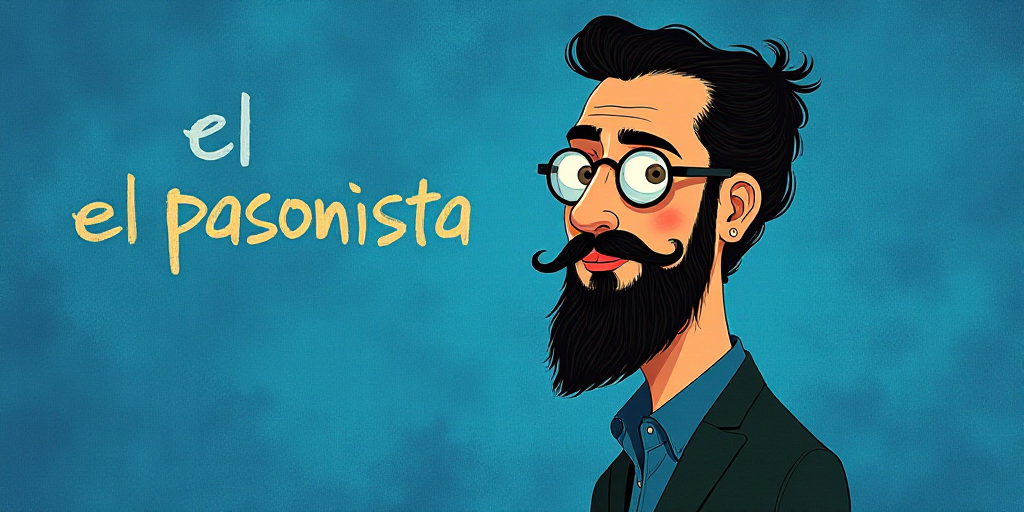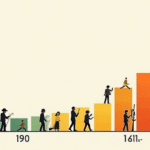Introduction
In Mexico, preventive detention has become a tool for institutionalizing crime rather than combating it. Despite this, President Claudia Sheinbaum recently defended this measure from Palacio Nacional as a response to insecurity. Unfortunately, her support for a legal provision that automatically imposes detention without case-by-case evaluation reinforces a system that punishes without judgment.
Historical Context and Evolution
Preventive detention has roots in Mexico’s 1917 Constitution but was practically implemented during Felipe Calderón’s presidency, starting with a catalog of only five offenses in 2008. This punitive strategy was institutionalized as a cornerstone of the “war on drugs,” without assessing its social or human effectiveness. Between 2006 and 2009, only one in 4.4 arrests related to drug trafficking led to trial, and only one in 6.8 received a conviction. Today, nearly four out of ten people imprisoned in Mexico lack a sentence.
Criticism and Concerns
The author has long criticized the excesses of preventive detention, warning that Mexico’s prisons have become “criminal universities” fueled by a policy of incarceration without trial. The president’s support for automatic detention, without case-by-case evaluation, erodes the rule of law and weakens the presumption of innocence.
President’s Stance and Alternatives
The president claims preventive detention is not applied automatically, but the constitutional Article 19 obligates judges to impose it if the offense is on the catalog. Judges obey, not decide, and as noted by the UN, “obligatory preventive detention does not meet international human rights standards.”
The president dismissed the opposition for lacking alternatives. However, there are options: strengthen justified preventive detention, invest in investigations, and apply proportionate protective measures.
Proposed Reforms
Minister Margarita Ríos Farjat’s proposal, to be discussed by the Supreme Court on August 5, suggests a solution: maintain the figure but without automatic application. Judges should evaluate each case through hearings, a minimum requirement in a democratic country.
Final Thoughts
There is no clear evidence that preventive detention reduces crime. Instead, it can be used arbitrarily, disproportionately affecting vulnerable sectors. When a government prefers to bind judges with laws that obligate them to imprison without case evaluation, it strengthens a punitive logic rather than justice. This undermines the role of judges, turning them into mere government executives.
The contradiction is evident: promoting a supposed democratization of the Judicial Power while legislating to make judges government enforcers. This reform serves a state that prefers fear over justice, imprisonment over law, and control over rights.
Key Questions and Answers
- What is preventive detention in Mexico? Preventive detention in Mexico is a legal measure that allows for the detention of individuals before trial, intended to prevent them from fleeing or obstructing justice.
- Why is it controversial? Critics argue that it has been used to institutionalize crime, erode the rule of law, and weaken the presumption of innocence.
- What are the alternatives? Strengthen justified preventive detention, invest in investigations, and apply proportionate protective measures.
- What does the proposed reform suggest? The reform proposes maintaining preventive detention but without automatic application, allowing judges to evaluate each case through hearings.
- What are the concerns about the president’s stance? The president’s support for automatic preventive detention without case-by-case evaluation reinforces a punitive logic that undermines the role of judges and weakens the rule of law.






